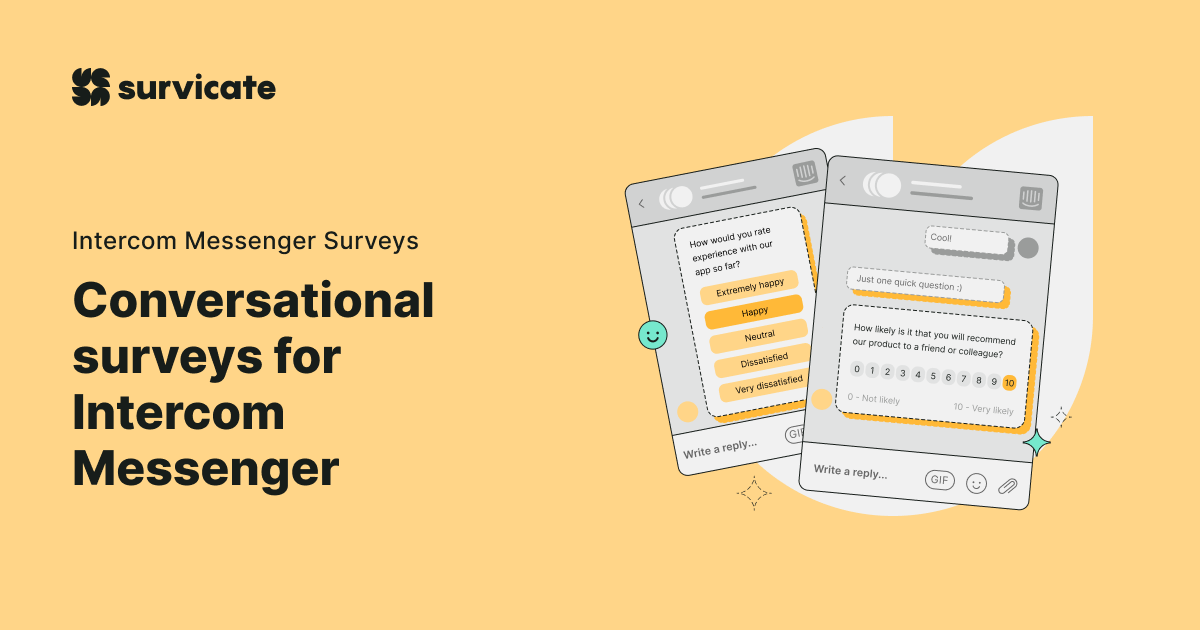These sample survey questions should help you understand what the customer discovery survey looks like. Adjust them to your personas and the hypotheses you’re testing:
- When was the last time you [insert a scenario]?
Before running the survey, you've formed some hypotheses about your persona's jobs, pains, and gains. This question helps you learn more about the assumptions.
Replace the [insert scenario] with a description of a job you think your target users need to have done or the problems they may have with the job. Eg. : When was the last time you dispatched a parcel? / When was the last time you had a problem with collecting a parcel?
Make it a single-choice question, and remember to give the respondents the possibility to say they've never been in the situation you describe.
- Can you explain what happened?
This is an open-ended question that you may want to leave optional. If you want the question to be obligatory, envision the time needed to answer it. And make sure you inform respondents about how much time the survey takes.
- On a scale of 1-10, how pressing is the problem for you?
- On a scale of 1-10, how important for you is it to do this task well?
These are variants of a question checking if a pain or a job you want to address with your solution should be a priority for you.
Adjust the questions to your potential customers' context and make sure they are unambiguous. Also, speak the respondents' language!
- How did you go about the problem? (If you used any tools to solve it, please, tell us what it was.)
Even if you're working on a new product category, your future customers are likely to use other tools to address their problems. With this question, you'll discover your indirect competition. If the users say they did nothing about the situation, it might be a warning sign. Maybe the problem is not that important to them.
- On a scale of 1-10, how happy were you with the solution you found?
With this question, you're verifying the strength of your competitors. Be careful with how you phrase it. Avoid asking a leading question or making respondents feel like they need to save face when answering it.
Asking them, "How happy were you with how you solved the situation?" may make them want to present themselves as competent problem solvers who can cope.
- If anything was possible, how would you like the solution to work?
It's an open-ended question that you may ask now or leave for the interviews.
What speaks for including it in a survey rather than asking it during an interview is that this way respondents have more time to think about their answers. It’s a good idea to ask the question in a survey and then get back to it during a customer discovery interview.
The con of including it in a survey is that it makes it longer. It takes time to answer it, so you risk having a low response rate. Consider the respondents ' context while taking the survey before you ask it in your customer discovery survey.
- What question would you like us to ask you but we haven't?
Perhaps, there are jobs, pains, or gains your personas have that you're unaware of. This question will let you find them out!
If you like what you've read so far, check out the customer discovery survey template above.




.svg)



.webp)




.svg)
.svg)
.svg)

.svg)


.svg)






.svg)




.svg)

















.svg)






























.svg)

.svg)
.svg)



.svg)


















.svg)

.svg)

















-min.jpg)


